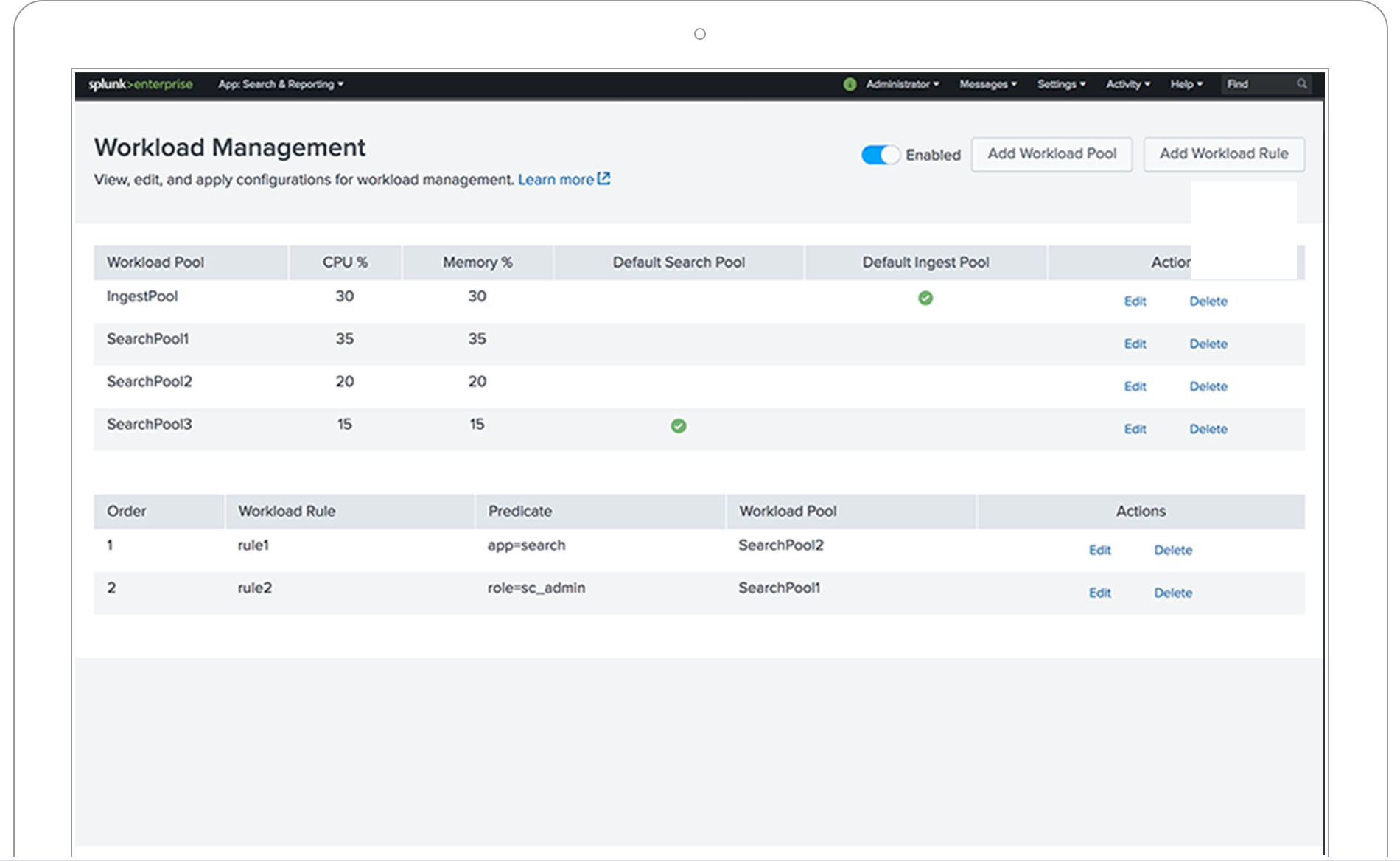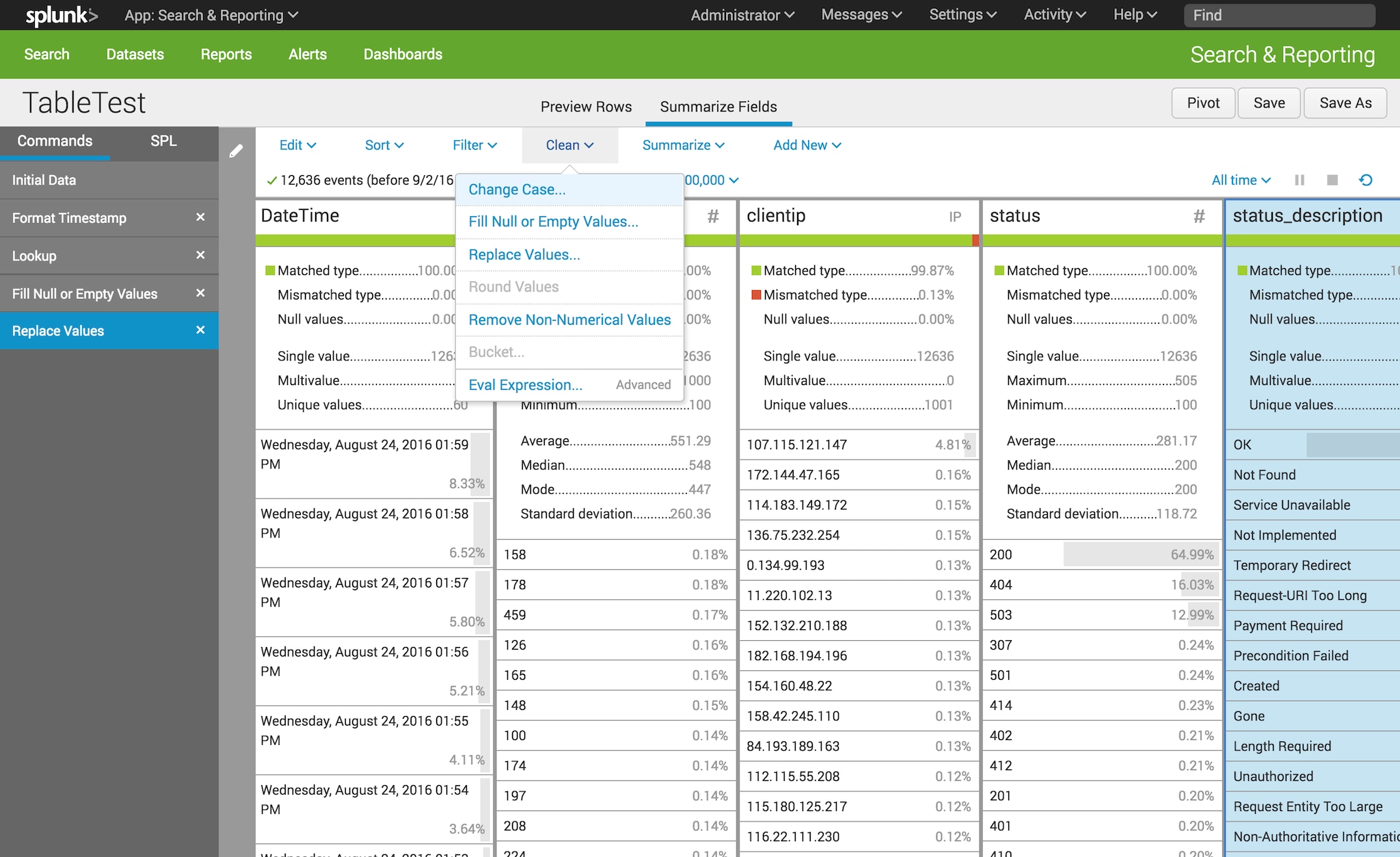

Searching in Splunk involves using the indexed data for the purpose of creating metrics, predicting future trends and identifying patterns in the data.

The ingested data is indexed by Splunk for faster searching and querying on different conditions. The unstructured data can be modeled into a data structure as needed by the user. Splunk can ingest a variety of data formats like JSON, XML and unstructured machine data like web and application logs. In this section, we shall discuss the important features of enterprise edition − Data Ingestion It has limited functionalities and features as compared to the other two versions. Splunk Light − It allows search, report and alert on all the log data in real time from one place. It can be availed from Splunk itself or through the AWS cloud platform.

Splunk Cloud − It is the cloud hosted platform with same features as the enterprise version. It helps in gathering and analysing the data from websites, applications, devices and sensors, etc. Splunk Enterprise − It is used by companies which have large IT infrastructure and IT driven business. Splunk is available in three different product categories as follows − So, from a simple tool for log analysis, Splunk has come a long way to become a general analytical tool for unstructured machine data and various forms of big data. With the advent of big data, Splunk is now able to ingest big data from various sources, which may or may not be machine data and run analytics on big data. After reading the data, it allows to search, tag, create reports and dashboards on these data. Splunk can read this unstructured, semi-structured or rarely structured data. However, they are extremely important to understand, monitor and optimize the performance of the machines. It is not necessary to provide this data to the end users and does not have any business meaning. This machine data is generated by CPU running a webserver, IOT devices, logs from mobile apps, etc. Splunk is a software which processes and brings out insight from machine data and other forms of big data.


 0 kommentar(er)
0 kommentar(er)
